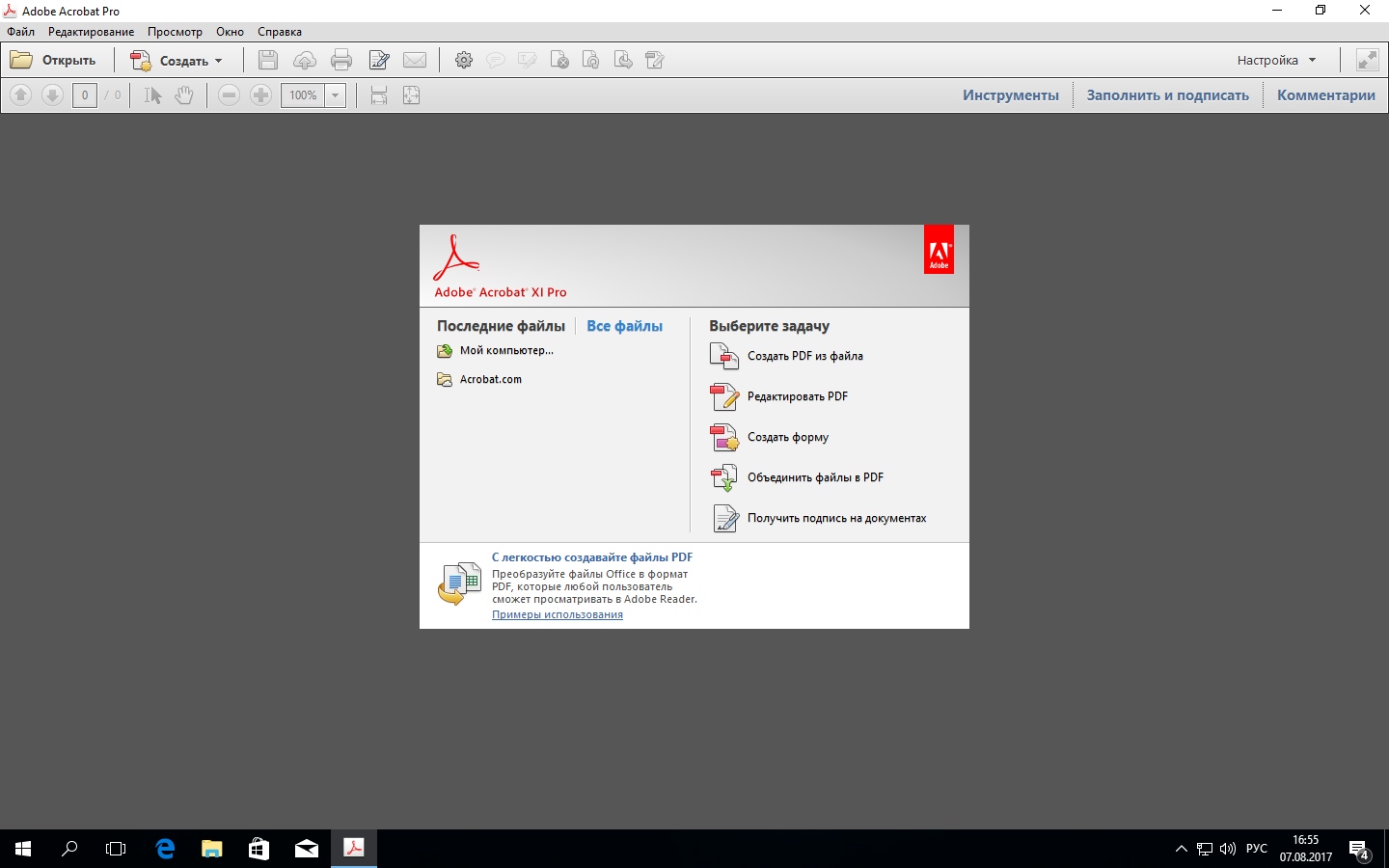

The ability of collaborators to insert comments into PDFs isn’t new, but now even users of the free Acrobat X Reader can insert comments. Acrobat X Pro Will Take Your Comments Now Now you can set a color background or use an image, adjust the opacity of the image, blur it, and apply other edits, all from the control panel, live. In Acrobat 9 you could add a background, but you had to make adjustments in a dialog box. The control panel does make it even easier to customize document backgrounds, however. Instead, you have to click on the ‘Import Custom Theme’ button in the control panel every time, and then locate the theme file on your computer. You can create new themes in Adobe Flash (via a plug-in) and import them into Acrobat X Pro, but unfortunately, they won’t appear in the control panel. You can choose from a built-in set of five visual themes, which are listed in another collapsible right-side control panel, or you can import additional ones. The solution, according to Adobe, is to use Flash to develop a custom theme that includes a color set. You can’t import a color-swatches file, either, as you can in Photoshop. You can select from a wide assortment of hues, but you can’t use a color picker to match a shade that’s already in your document. (The background? The title bar? The text?) Furthermore, Acrobat X Pro has no color picker (also known as an eyedropper). But it’s a little difficult to figure out what will change when you click on a color. For example, you can specify colors that you want to use in your document(s), and simply click in a palette of color bars to change colors. On the other hand, the new layout has some limitations. The result: Acrobat no longer has an interface that only a middle manager could love. One might suspect that Adobe merely moved all of the commands from one spot to another, but the company obviously put some thought into their organization, and the addition of collapsible toolbars and some icons really helps clean things up.
Adobe acrobat x pro windows 10 pdf#
Acrobat 9 did have a control panel for certain functions–such as for PDF portfolio creation–but Acrobat X Pro’s version is always available, and you can collapse or expand it depending on what you’re doing. In their place, Acrobat X Pro adds a new control panel on the right side of the screen. Beneath the top-level menu, you’ll see only a few additional icons (by contrast, Acrobat 9 presented nine icons below the menu bar). Now you’ll see only File, Edit, View, Window, and Help menus across the top of the screen that’s half as many menus as in Acrobat 9, which also placed lengthy drop-downs under each one. Adobe says that users will be able to import them when the application ships but you’ll have to either use an external application to play them, or convert them to Flash format to make them play inside Acrobat X.Īcrobat X Pro’s greatly revised interface makes portfolios, and even simpler documents, much easier to assemble and to share, too. I couldn’t get Acrobat X to import Windows Media videos, though. PDF portfolios are greatly improved in Acrobat X, because you can import live Web content into a portfolio–including streaming video (for example, YouTube content)–and even log in to a Website from within Acrobat X. It’s very useful to be able to import files of many different types into a PDF portfolio–an electronic document that contains, for example, a Word document, images, PowerPoint presentations, and video files. PDF portfolios, introduced in the previous Acrobat version, remain the highlight of the program. But judging from the beta I tried of Adobe Acrobat X Pro ($449 when released in fourth quarter 2010), the latest iteration will be much more Web-aware, and it will be able to bring new life to formerly staid, static electronic documents.

You can use it to lock down electronic documents, create press-ready color pages, or produce form-laden documents that feed data to a database. Adobe Acrobat is a multitalented business application.


 0 kommentar(er)
0 kommentar(er)
